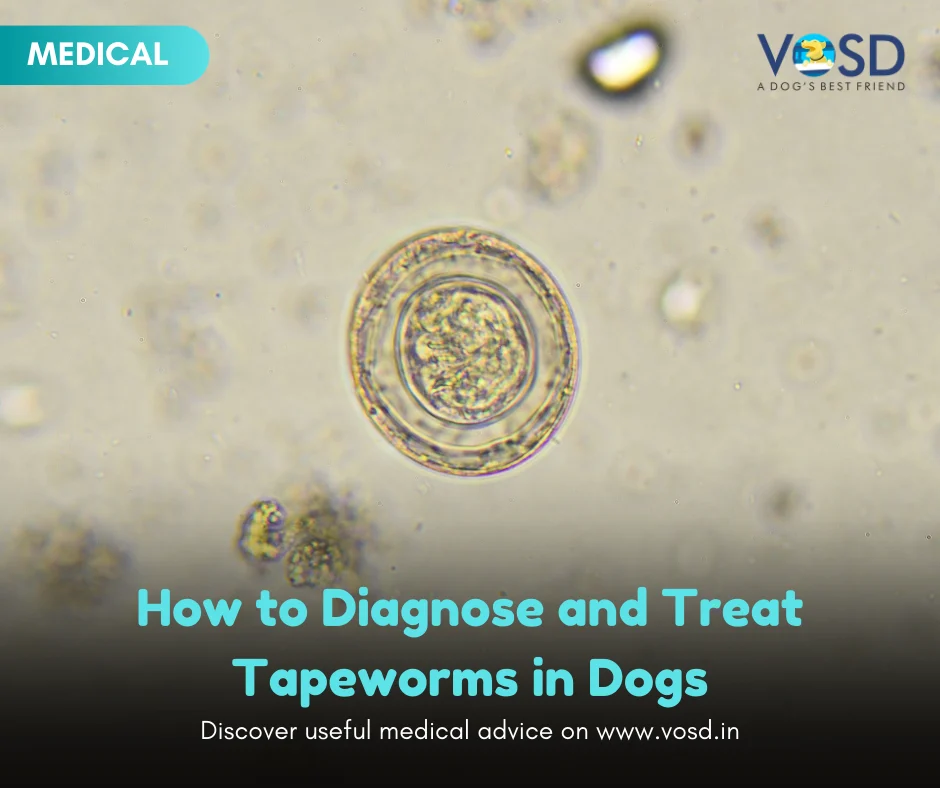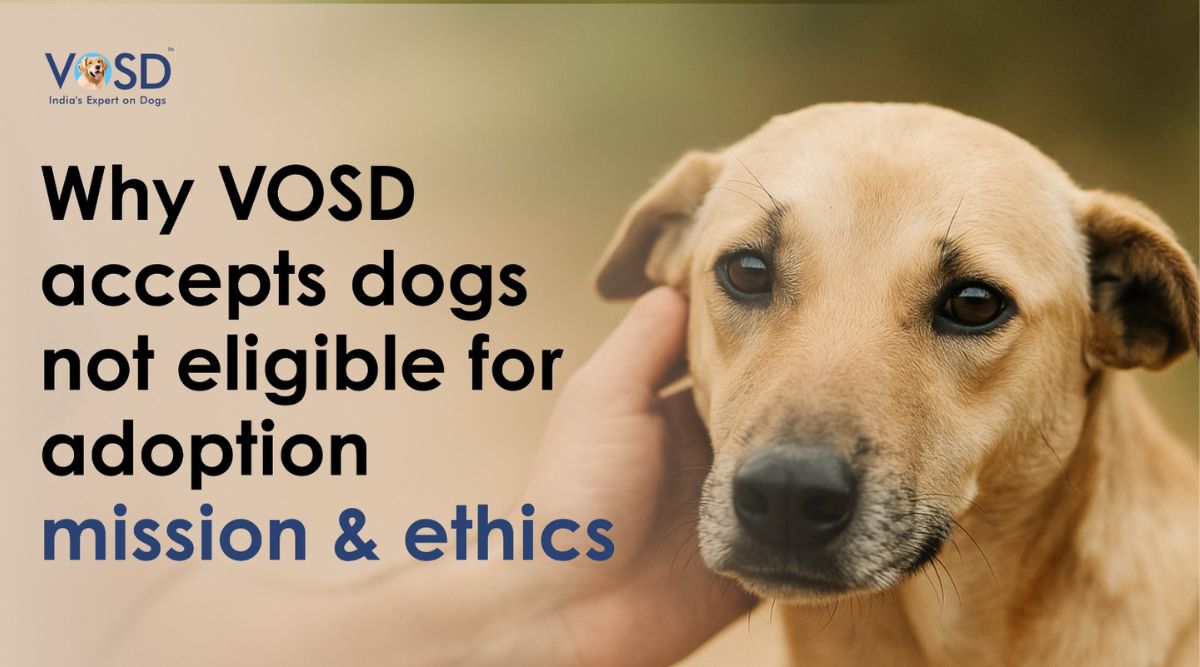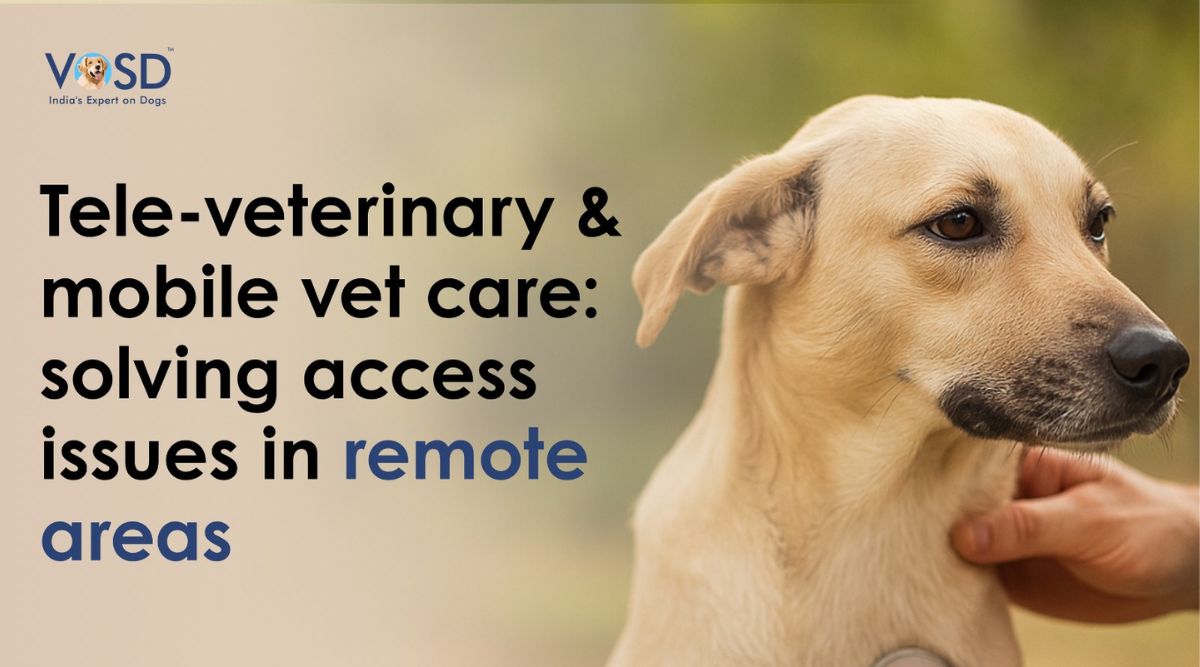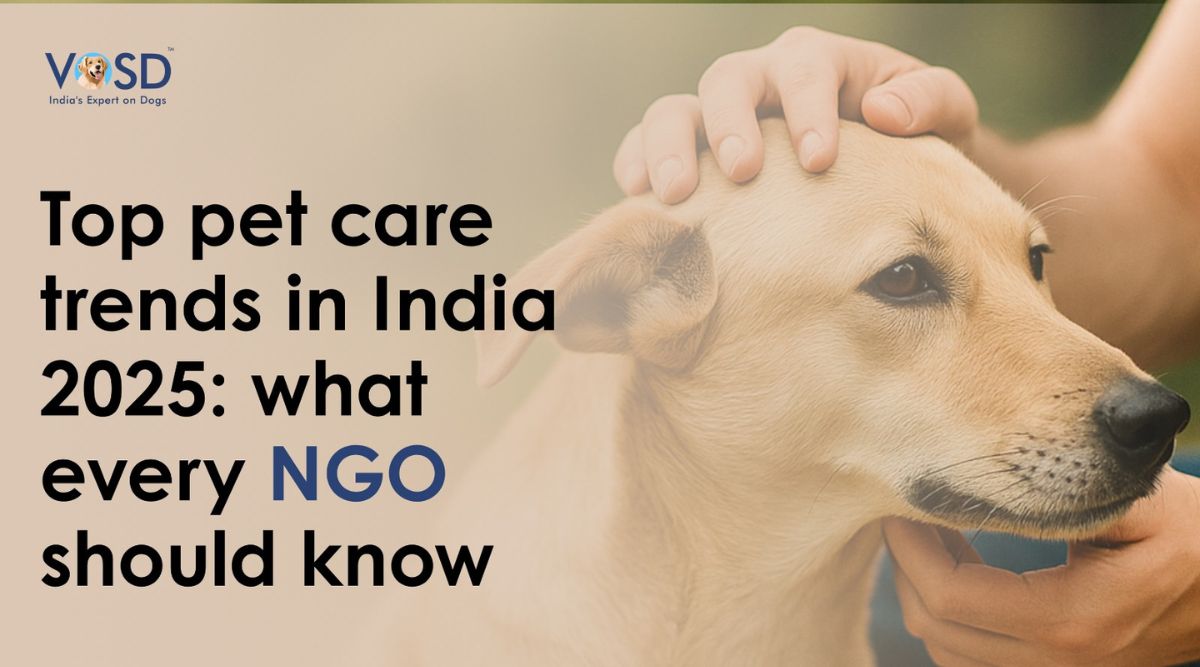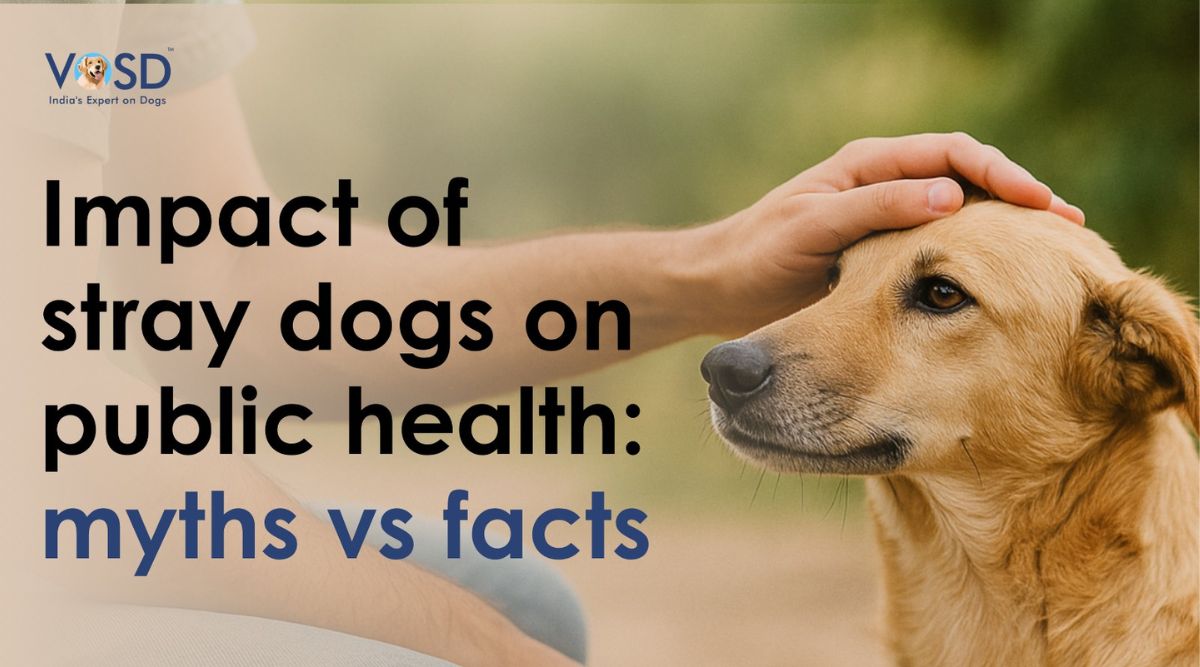How does a dog become obese?
When there is a lot of adipose tissue that forms due to limited or no exercise and too much eating, a dog becomes obese. Obesity in dogs, just as in human beings, reduces the lifespan, brings on diabetes, hypothyroidism, hypertension, heart diseases, arthritis, and shortness of breath, and also results in there being a greater risk of cancer.
The good news is that obesity can be prevented. In order to prevent obesity, we need to understand what causes it and its symptoms.
Causes of obesity in dogs
Physical conditions:
Age of the dog: When dogs are around 5 years old, there is a gradual decline in the physical activity and they do not volunteer to engage in as much of physical activities as they did when younger. Therefore, fewer calories are burnt.
Genetics: There are some breeds such as spaniels, beagles, Labrador retrievers etc. tend to have a predisposition to obesity.
Lifestyle:
Overeating: Dogs overeat because they are fed more than they should be. There should be a natural correlation between what they eat and how much they exercise. When one eats more than the energy that needs to be expended, it becomes a matter of overeating and leads to obesity. In some cases, the diet itself is the culprit. In others, it is the environment they live in, including the attitudes of the dog’s owners. Unsupervised eating habits, frequency of meals, eating leftovers or table scraps can lead to obesity.
Undisciplined approach to exercise: As a pet owner, the responsibility is yours to ensure that an exercise routine is established right from the start. Breeds that are considered ‘indoors only’ are naturally at greater risk. However, even with dogs that can spend considerable time outdoors, if you do not ensure that your dog has sufficient exercise in the form of any physical activity, there is a great risk of obesity.
Ignorance: Pet owners do not recognize or understand that their dogs’ physical condition as being obese.
Surgeries: A decrease in hormone production occurs when your dog is either neutered or spayed. This naturally leads to less voluntary exercises and increases hunger and leads to overeating thereby causing obesity.
Medicines: Phenobarbital and glucocorticoids are 2 examples of medication that lead to overeating and increased fat deposits, respectively.
Diseases: Hypothyroidism, insulinoma, and hyperadrenocorticism are 3 examples of diseases that could lead to obesity.
Symptoms of obesity:
There are many clear symptoms of obesity. They include weight gain, disappearance of the waistline, increased body fat, distended abdomen, lethargy, difficulty in breathing, and a lack of grooming.
Diagnosis
How can you or your dog’s vet diagnose obesity? The simplest way is to recognize the body condition score. This means that you measure body weight according to the body condition score chart.
Underweight: If your dog is underweight, it will be clearly visible because it will show in the ribs, spine, pelvic area.
Overweight: If your dog is overweight, you would need to apply gentle pressure in order to feel the ribs. It may not be very visible by just looking at the waist or upper body.
Obesity: There is likely to be an abdominal distention. You will also be able to see increased waistline with just a glance.
Ideal weight conditions: The waistline will seem thinner than the upper body and even a slight petting will be enough to feel the ribs.
When you realize that your dog’s measurements are not ideal, it is time to visit the vet. It is always good to be proactive. This way, you will be able to rule out various factors causing weight gain or loss. Your dog’s vet will take measurements and will be able to suggest the revised protocol on managing weight. It is good to remember that certain breeds do not fall into the above categories. For instance, a greyhound will be at the ideal weight and still noticeable ribs even from a distance. More than 10 – 15% of the ideal weight is cause for concern as it is indicative of obesity.
Treatment of obesity in dogs:
Treatment for obesity in dogs is quite similar to treating obesity in human beings. It is a two-pronged approach: bring the weight down to ideal conditions and maintain it for the rest of their lives. In order to bring the weight down, your dog’s vet would recommend eating habits and the required exercise. Eating habits include foods that are high in protein and low in fat, size of the portions, feeding times, frequency of treats. Exercise would include not just physical activity but also the regularity of it during the day and for the long term.
High protein foods that contain a lot of protein and fibre can stimulate the metabolism and your dog will feel satiated more naturally. A disciplined approach to banning table scraps and frequent treats should be adopted. You may want to choose commercially available foods that are prescribed to ensure that your dog is not deprived of the necessary vitamin supplements.
As for exercising your dog, you would need to make sure that it happens every single day. There are plenty of options including leash walking, swimming, outdoor games, playtime etc. Make sure that you follow the routine consistently.
It is important to note that any dietary changes should not be abrupt. They should happen gradually under the vet’s supervision. You need to give your dog time to adjust to the change and get accustomed to a new diet and exercise regimen
How to manage the recovery from obesity?
Once you have brought your dog to ideal weight conditions, you should get the weight checked each month and make small changes to the protocol if advised by the vet. As the level of obesity decreases, you may need to make some alterations to suit the new weight.
Above all, make sure that your entire family is on the same page. There would be no point to working so hard to bring your dog under healthier weight conditions if someone else is ignoring the new protocol.
Disclaimer:
The information contained in VOSD Vet Advice™ is not intended nor implied to be a substitute for professional medical action which is provided by your vet. You assume full responsibility for how you choose to use this information. For any emergency situation related to a dog’s health, please visit the nearest veterinary clinic.

